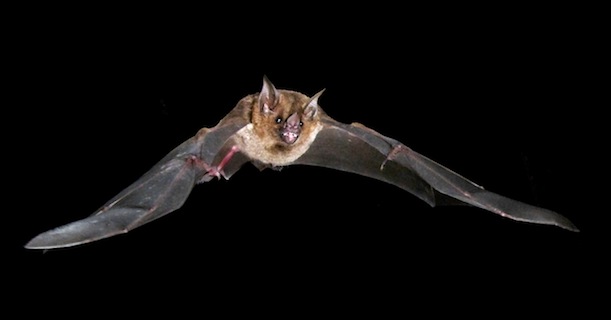We have seen that if electrical current is flowing in a conductor, there is an associated magnetic field created around the wire. In a similar manner, if we move a wire inside a magnetic field there will be an electrical current that will be generated in the wire.
Current is produced in a conductor when it is moved through a magnetic field because the magnetic lines of force are applying a force on the free electrons in the conductor and causing them to move. This process of generating current in a conductor by placing the conductor in a changing magnetic field is called induction. This is called induction because there is no physical connection between the conductor and the magnet. The current is said to be induced in the conductor by the magnetic field.
One requirement for this electromagnetic induction to take place is that the conductor, which is often a piece of wire, must be perpendicular to the magnetic lines of force in order to produce the maximum force on the free electrons. The direction that the induced current flows is determined by the direction of the lines of force and by the direction the wire is moving in the field. In the above image the galvanometer (the instrument used to measure current) will indicate when there is current in the conductor.
If an AC current is fed through a piece of wire, the electromagnetic field that is produced is constantly growing and shrinking due to the constantly changing current in the wire. This growing and shrinking magnetic field can induce electrical current in another wire that is held close to the first wire. The current in the second wire will also be AC and in fact will look very similar to the current flowing in the first wire.
It is common to wrap the wire into a coil to concentrate the strength of the magnetic field at the ends of the coil. Wrapping the coil around an iron bar will further concentrate the magnetic field in the iron bar. The magnetic field will be strongest inside the bar and at its ends (poles).
- If we move a conductor in a magnetic field, a current is induced in the conductor (wire).
- An AC current in a coil of wire can induce an AC current in another nearby coil of wire. source-www.ndt-ed.org


